Watts Hot Water Recirculating Pump Troubleshooting: Quick Fixes!
Troubleshooting a Watts Hot Water Recirculating Pump often involves checking for power issues and ensuring proper installation. Common problems include noise, leaks, or a lack of hot water circulation.
Efficient and comfortable home living often depends on the seamless operation of various appliances, with the hot water recirculating pump being a pivotal component for instant hot water access. The Watts Hot Water Recirculating Pump is a popular choice, designed to conserve water and reduce wait times for hot water at faucets and showers.
As with any mechanical system, occasional hiccups can occur, necessitating troubleshooting to keep the hot water flowing without interruption. Homeowners and professionals alike must be knowledgeable in diagnosing and resolving issues such as unresponsive pumps, unusual noises, and thermal bypass valve complications. The key to successful troubleshooting lies in a systematic approach, starting with the most straightforward solutions and progressing to more in-depth inspections, ensuring that your hot water recirculation system maintains its efficiency and reliability.
Introduction To Hot Water Recirculation
Imagine turning on a faucet and instantly getting hot water. That’s the magic of hot water recirculation. It’s a system that keeps hot water flowing through your pipes, ready when you need it. Let’s explore how this modern convenience can become a part of your daily life.
Benefits Of Immediate Hot Water Access
Immediate hot water means no more waiting. You get many benefits:
- Time savings – No more standing around for water to heat up.
- Water conservation – Less wasted water down the drain.
- Energy efficiency – Reduced heating time saves energy.
- Convenience – Hot water is always ready for use.
Role Of Watts Recirculating Pumps
Watts pumps play a key role in recirculation. They keep water moving through your pipes. This action ensures that hot water is always at your tap.
| Feature | Advantage |
|---|---|
| Easy Installation | Set up quickly with no major changes. |
| Timer Settings | Control when you want hot water. |
| Temperature Maintenance | Keep water warm without overheating. |
Common Issues With Recirculating Pumps
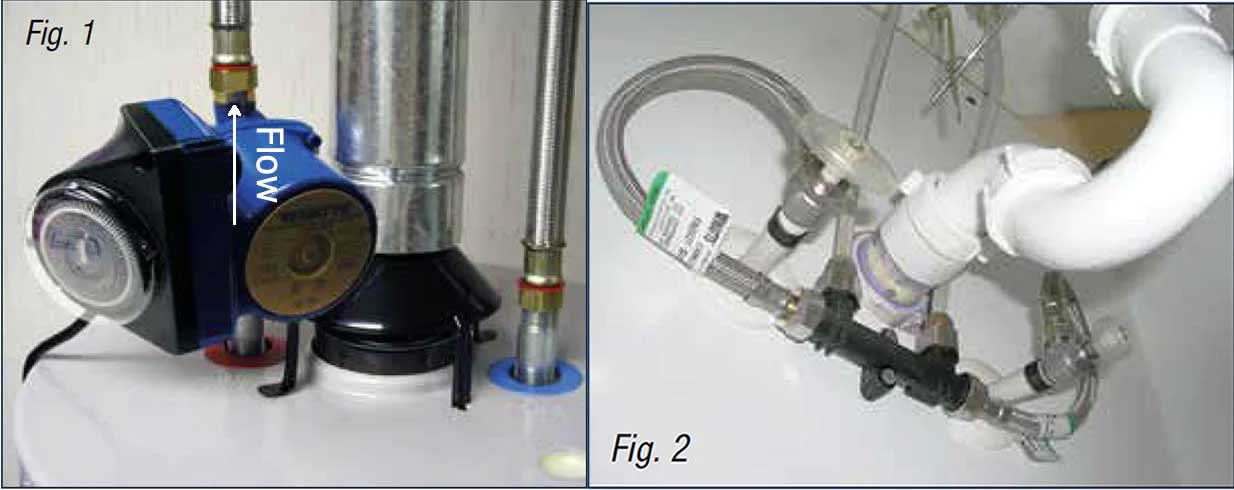
Watts Hot Water Recirculating Pumps make life easier. They provide hot water quickly. But sometimes, they face issues. Let’s talk about common problems and how to fix them.
Noisy Operation
Is your pump making strange noises? This can be annoying. Here are reasons and fixes:
- Air Trapped: Air in the system causes noise. Bleed the pump to remove air.
- Loose Parts: Check for loose parts. Tighten them to reduce noise.
- Worn Out Bearings: Bearings might need replacement. Consider calling a professional.
Inadequate Hot Water Supply
Not getting enough hot water? Here’s why and what to do:
| Problem | Solution |
|---|---|
| Blocked Pipes | Clean or replace pipes. |
| Wrong Settings | Adjust the thermostat. |
| Pump Failure | Check the pump’s health. Replace if necessary. |
Initial Assessment Steps
When your hot water takes too long to reach the faucet, a Watts Hot Water Recirculating Pump often solves the problem. But what happens when the pump itself runs into trouble? Knowing initial assessment steps can save time and prevent further issues.
Safety First: Unplugging And Inspection
Before troubleshooting, safety is paramount. Always disconnect the pump from its power source. This prevents electrical accidents. Next, conduct a visual inspection. Look for obvious signs of damage like leaks or cracks. Check the pump’s housing and connections. Make sure everything appears intact.
Checking The Power Supply
Power issues can cause pump malfunctions. Confirm that the power outlet is operational. Use a voltage tester to ensure current is flowing. Check the pump’s cord and plug for damage. If the cord is frayed or the plug is burnt, replace them immediately. Confirm that the circuit breaker has not tripped. If it has, reset it and monitor the pump.
Evaluating The Pump’s Performance
Evaluating the Pump’s Performance is crucial for optimal operation. Proper function ensures hot water is ready when needed. Regular checks can detect issues early. This can save time, money, and energy.
Flow Rate Checks
A correct flow rate is key for a pump’s efficiency. To check, use a bucket and a timer. Note the time it takes to fill the bucket. The pump’s manual has the ideal rate. Compare your results with the standard. A slower rate means a possible issue.
Signs of reduced flow rate include:
- Long wait for hot water
- Unexpected temperature changes
- Unusual noises from the pump
Temperature Settings Review
Temperature settings affect pump performance. Review the settings on your pump. They should match your hot water needs. A mismatch can lead to inefficiency.
Steps to check temperature settings:
- Turn off the pump
- Check the current setting
- Consult the manual for the ideal setting
- Adjust if necessary
- Turn on the pump to test
A table can display ideal settings:
| Model | Optimal Temperature |
|---|---|
| Model A | 120°F |
| Model B | 115°F |
Ensure your pump’s setting aligns with the table. Correct settings mean better energy use.
Troubleshooting Mechanical Problems
Troubleshooting Mechanical Problems with your Watts Hot Water Recirculating Pump can seem daunting. Yet, it’s vital for efficient operation. Let’s dive into simple steps to keep your system running smoothly.
Clearing Blockages
Blockages slow down water flow. They make your pump work harder. This section guides you on how to find and remove these blockages.
- Turn off the pump and the water supply.
- Check the filters and screens for dirt or debris.
- Remove any blockages found using a soft brush.
- Rinse parts with clean water before reassembling.
Regular checks prevent future blockages. Ensure smooth water flow for better performance.
Seal And Valve Inspections
Leaks or drops in pressure often point to seal or valve issues. This section helps you inspect and fix these parts.
- Look for any visible signs of leaks around the pump.
- Inspect the seals and valves for wear or damage.
- Replace any worn out parts to avoid water loss.
Keeping seals and valves in good shape prevents leaks. It ensures your pump works efficiently.
Electrical Issues And Solutions
Watts Hot Water Recirculating Pumps rely on steady electrical connections. Issues can disrupt hot water flow. Let’s troubleshoot common electrical problems.
Fuse And Circuit Breaker Checks
Fuses and circuit breakers protect pumps from power surges. A blown fuse or tripped breaker can cut power. Check these first if the pump stops.
- Locate your electrical panel.
- Find the pump’s breaker.
- Check for a tripped breaker or blown fuse.
- Reset breakers; replace fuses if necessary.
Regular checks prevent unexpected shutdowns. Ensure breakers match the pump’s requirements.
Wiring And Connection Repairs
Wiring issues cause pump malfunctions. Loose or corroded connections hinder performance.
- Turn off power to the pump.
- Inspect wires for damage.
- Tighten loose connections.
- Replace corroded wires.
Use a multimeter to check for continuity. Proper repairs restore safe, effective pump operation.
| Problem | Check | Action |
|---|---|---|
| Pump not running | Fuse and breaker | Reset or replace |
| Intermittent power | Wiring connections | Inspect and repair |
Maintenance Tips For Longevity
Keep your Watts Hot Water Recirculating Pump running smoothly with regular upkeep. Proper care prolongs life and efficiency. Learn simple maintenance routines and when to replace parts.
Regular Cleaning Routines
Build-up in pumps causes issues. A clean pump is a happy pump. Follow these steps for a spotless system:
- Turn off the pump and power.
- Disconnect the pump from the system.
- Flush out debris with clean water.
- Clean filters and screens.
- Reassemble and restore power.
Preventative Replacement Of Parts
Parts wear out over time. Replace them before they fail. Here’s a checklist:
| Part | Signs of Wear | Replacement Frequency |
|---|---|---|
| Gaskets | Leaks, cracks | Every 2-3 years |
| Impeller | Noise, reduced flow | Every 3-5 years |
| Valves | Stiffness, leaks | As needed |
Regular part checks save time and money. Remember, a maintained pump ensures consistent hot water and energy savings.
Professional Help Vs DIY Fixes
Dealing with a malfunctioning Watts Hot Water Recirculating Pump can be daunting. You might wonder whether to tackle the issue yourself or seek professional assistance. This section delves into the pros and cons of both approaches, helping you make an informed decision.
When To Call A Technician
Complex issues often require a technician. If your pump has electrical problems or internal damage, professional help ensures safety and expertise. Technicians can also provide warranties on their work. Call a pro if you notice:
- No power to the pump
- Unusual noises or vibrations
- Leaks that you can’t pinpoint
For regular maintenance or complex diagnostics, a qualified technician is your best bet. They bring the right tools and know-how.
Resources For Diy Enthusiasts
Many pump problems can be fixed at home. With the right resources, you can save money and learn new skills. Try DIY fixes for:
- Simple leaks at connections
- Cleaning or replacing filters
- Adjusting system settings
For DIY resources, check:
- Watts’ official manuals
- Online forums for user tips
- Video tutorials for step-by-step guides
Ensure you follow all safety precautions when attempting DIY repairs. If in doubt, contact a professional.
Upgrading Your System

Are you experiencing issues with your hot water recirculation? Consider an upgrade. A new pump can solve problems and improve efficiency. Let’s explore options for a smarter, greener hot water system.
Considerations For New Models
Researching new pumps is essential before upgrading. Look for models with features that fit your home’s needs. Pumps vary in speed, capacity, and control options. Compatibility with existing systems is crucial to ensure seamless integration.
- Check pump capacity
- Assess speed settings
- Consider timer functions
Eco-friendly And Energy-efficient Options
Modern pumps offer energy savings and eco-friendly performance. These systems use less power and reduce water waste. Look for ENERGY STAR-rated models for peak efficiency. Some pumps even have smart technology for on-demand operation, which saves more energy.
- Seek ENERGY STAR pumps
- Explore smart tech features
- Calculate potential savings
Frequently Asked Questions
Why Is My Watts Pump Not Working?
The Watts recirculating pump may fail due to power issues, a stuck impeller, or motor malfunction. Check the power supply and inspect the pump for obstructions.
Can I Adjust The Watts Pump’s Temperature?
The Watts hot water recirculating pump doesn’t allow for temperature adjustments; it’s preset to maintain consistent hot water flow.
How Long Do Watts Recirculating Pumps Last?
Watts recirculating pumps typically last around 10 years with proper maintenance, although lifespan can vary based on usage and water quality.
What’s The Cause Of Noisy Watts Recirculating Pumps?
Noise from a Watts recirculating pump often stems from trapped air, mounting issues, or worn-out components. Bleed air from the system and ensure secure mounting.
Is The Watts Pump Installation Process Complex?
Installing a Watts recirculating pump is straightforward, involving connection to the water heater and a sink faucet. Follow the manufacturer’s guide for best results.
Conclusion
Tackling issues with your Watts hot water recirculating pump doesn’t have to be daunting. Armed with the right knowledge, you can ensure efficient operation and lasting comfort. Remember, regular maintenance is key. For persistent problems, seeking professional help is wise.
Keep your system in top shape for that instant hot water convenience.

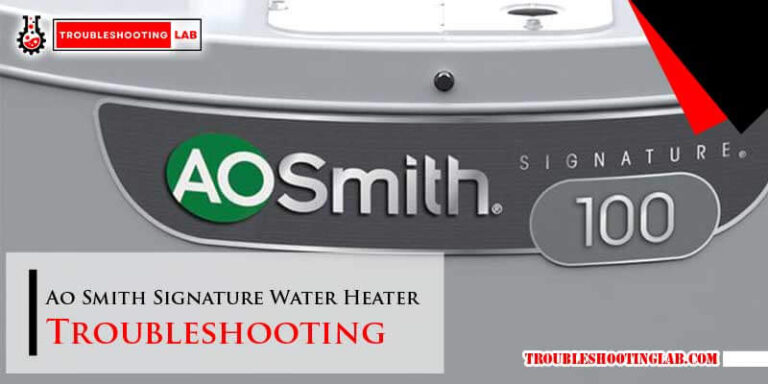
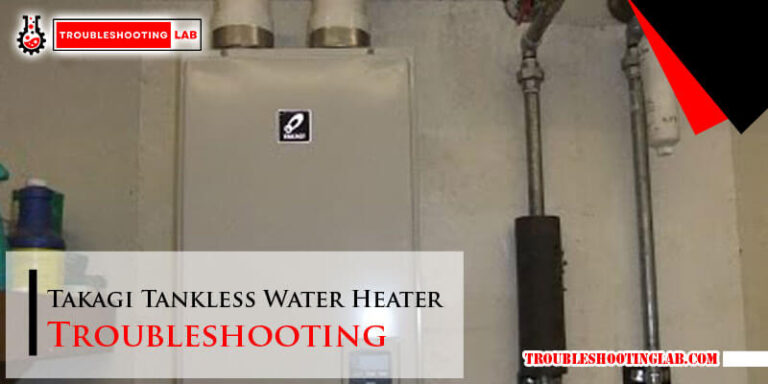
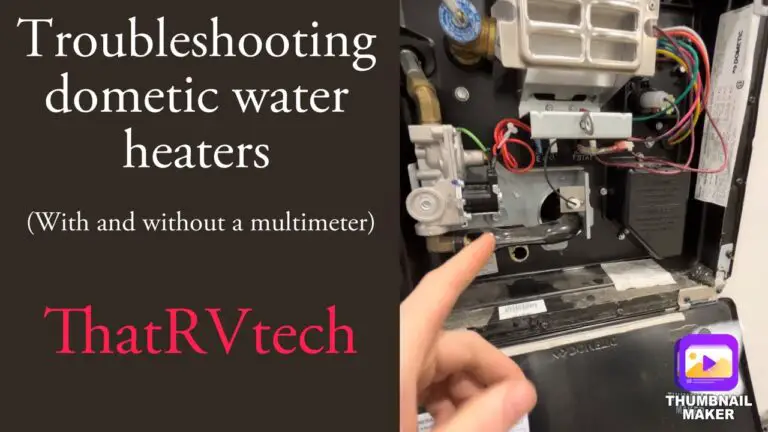
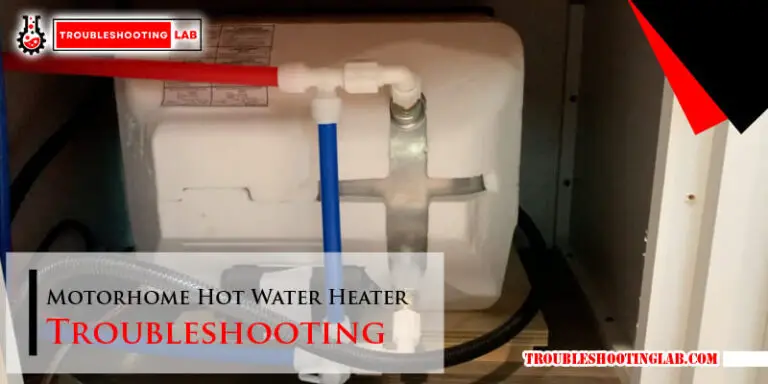
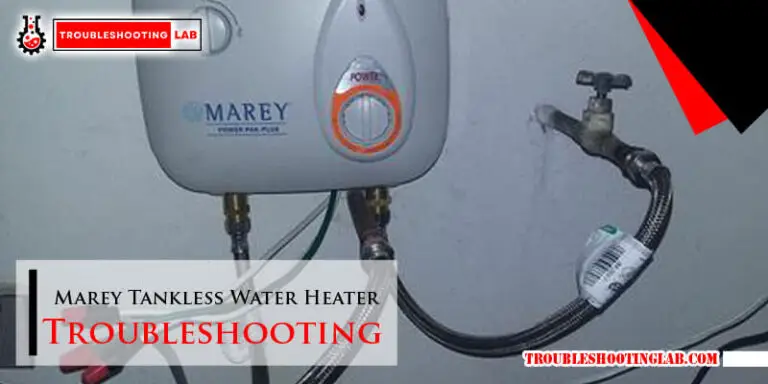
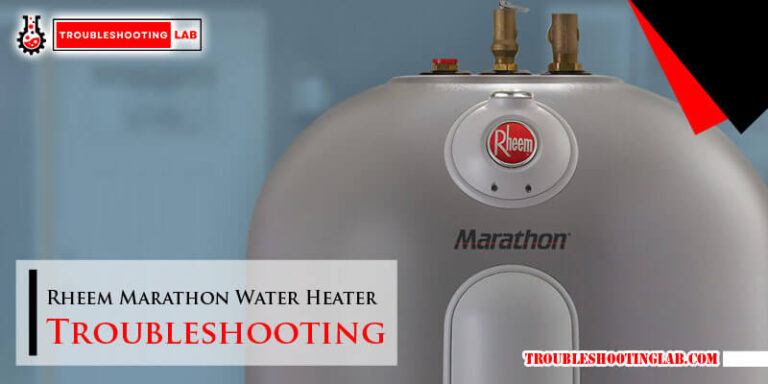
Hi there. About a week ago I was rinsing dishes in the sink using warm water, when I heard a loud click. I sounded like it was in the delta faucet, but could have easily been under the sink, as that is where the end run manifold is, as it is the farthest faucet from the hot water tank in the garage. All the other hot water faucets in the house have full hot water flow/pressure, but the kitchen faucet has only about 1/4 of the normal flow volume. I contacted delta, and they sent me a new cartridge, flushed all of the hoses and screens and no luck.
Two questions. 1) could something inside my faucet have failed? Or my real question is: 2) could the under the sink manifold (WP367010) have failed, or something inside the manifold maybe is clogged with debris? I have another manifold (WP36010) that I replaced with a new one when our original pump failed, and you sent me this current pump (new) and a new manifold. The screens look OK and clean, so I am asking because the current hot water flow is very decreased……and if I add more cold water flow….the water volume increases…………………….but…………………within a few seconds, it’s all cold water flowing. And if I just leave the handle in the hot water position, I would expect the hot water, while the volume is decreased………..the flow should remain warm to hot, right? But it does not, it turns into cold water flow pretty fast.
Thanks for the help and suggestions, it is appreciated.
Barry Quam
barryquam123@gmail.com
Hi Barry,
Thank you for your detailed description of the issue you’re experiencing with your kitchen faucet and the hot water recirculation system. Based on what you’ve shared, it seems like there may be a couple of potential causes for the reduced hot water flow and the rapid cooling of the water.
Another possibility is that the recirculating pump may not be operating correctly, potentially causing the hot water to be circulated inefficiently. This could lead to the water turning cold quickly even when the faucet is set to the hot position. You might want to assess the pump’s performance, ensuring it’s maintaining the proper temperature and flow rate.
I would suggest a few things:
If the problem persists, you might want to contact a professional plumber to inspect the system more thoroughly. Let me know if you have any further questions or need more help!
watts hot water recirculating timer running slow. When I set the timer at a particular time, it is behind that time 24 hours later.
How to correct this.
Thank you!
Hey there!
It sounds like your Watts hot water recirculating timer is running slow, which can be frustrating when you’re expecting hot water on schedule. A slow timer usually indicates one of the following issues:
Quick Fix: Try unplugging the pump for a few minutes, then resetting the timer to the correct time. If it still runs slow, consider replacing the timer mechanism, as it may be faulty.
If none of these steps work, you may need to replace the timer or consult a professional to inspect the unit further. Hope this helps, and let me know if you need more guidance!